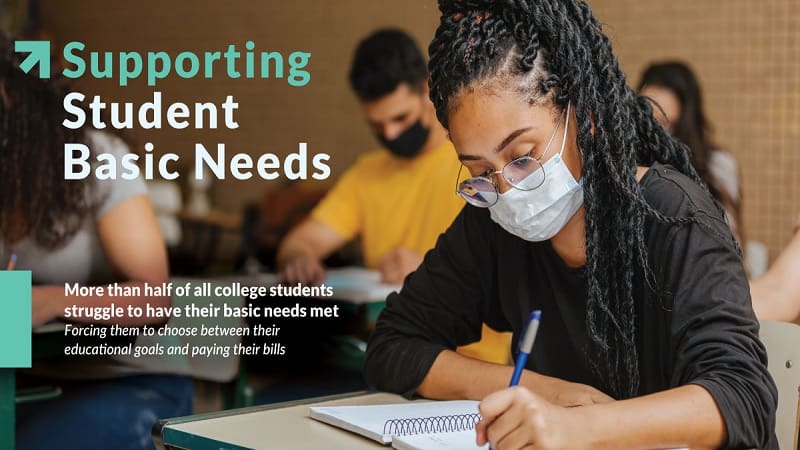
The challenge of creating effective higher education is one that has seen constant effort for decades. There are many approaches to solving an issue like this, with local efforts made on local, state, or even national level changes. Kentucky is one state that has taken the pursuit of effective education into their own hands. The Kentucky Student Success Collaborative is the fruition of that effort.
The Kentucky Student Success Collaborative is a statewide center that links campuses to non-profits, business leaders, and state policy makers. This is an effort at allowing students to directly vocalize and work at the issues affecting them. Today more than half of all college students struggle to meet even their basic necessities. This means food, housing, and other factors that can force a student to drop out to simply get by. 10% of students in college have experienced homelessness, let alone housing insecurity.
These challenges are more likely to be experienced by some groups than others. Students of color deal with more issues in obtaining healthcare, transportation, technology, and childcare. These rates are worst for indigenous populations, and best for asian populations. When students experience any of these issues, success can drop dramatically. 25% of those who experience need insecurity drop a class. The odds of failing a class becomes 15 times more common. And less than 20% of those experiencing insecurity will graduate.
For anyone who experiences a gap in their education, even for reasons outside of need insecurity, the rate of graduation drops to 20%. What is informing these rates though, why are college students struggling so much? The general answer, unsurprisingly, is money. The public funding for higher education is dropping while tuition continues to skyrocket. Students are entering money with less money, paying more, and have less resources to cope with.
There are efforts made to help students with these rising costs. The Pell Grant can be great for covering around 30% of the average tuition. Yet when it was created in 1975, the Pell Grant covered almost 80% of the average tuition. Grants, financial aid, and scholarships, while helpful, simply are not covering the costs anymore. Almost half of all students work while in college, attempting to fill in the financial gaps.
Kentucky in particular sees a lot of these issues made even more prominent. Two in five Kentucky students receive a pell grant. One in five students at a public university in Kentucky ran out of money six plus times the past year. College, initially a great area for social mobility, has now become too expensive for low-income individuals. Kentucky students with low income have been enrolling less for over a decade.
Although it is truly not all bad. Many campuses do have systems of support, but three in four students do not think they’re eligible. Most students don’t know how to apply, and those that do don’t think they’re as in need as they should be. There are programs like SNAP assistance, housing assistance, and emergency housing. These programs and others like them increase educational success. Students enrolled on SNAP are 80% more likely to re-enroll in programs and start to make a livable wage. Only 8% of those on SNAP have even an associates degree, when in reality it’s a great step in achieving higher education.
The Kentucky Students Success Collaborative aims to make small but extremely important programs like these more visible. This is done through the promotion of things like financial stability guides, grants, and emergency aid. Yet it is also done through new programs like housing for parenting students, transportation assistance, and new food insecurity solutions. The collaborative is focusing first on the most basic needs and then moving out.
It’s through the collaborative that Kentucky hopes to reach a rate of 60% of the population holding postsecondary credentials. Some of the most prominent ways this will be done is through community college transferal and gateway courses. Transferring from a community college to a 4 year institution is a great way to save money as an undergraduate. Ensuring that this process happens as smoothly and as effectively as possible is essential for effective education.
Gateway courses are something everyone knows of but that are not always rigidly defined. These are the first courses a student will take in a subject area, the first course for math or english. Unfortunately, these classes tend to be overpopulated, too dense with information, and are prone to failure. The Kentucky Students Success Collaborative is working to change this. An effective first impression is essential to retaining students throughout the years.
These are just a few ways the collaborative is starting to incite change, and only a surface level look at them. The important thing to remember is that change needs to occur. Higher education is not in a great spot, especially in areas like Kentucky. Although it’s groups that focus on basic needs and retention like the Kentucky Students Success Collaborative that will spark change. The hope now is that similar efforts can be made across the nation, higher education needs saving.
































































